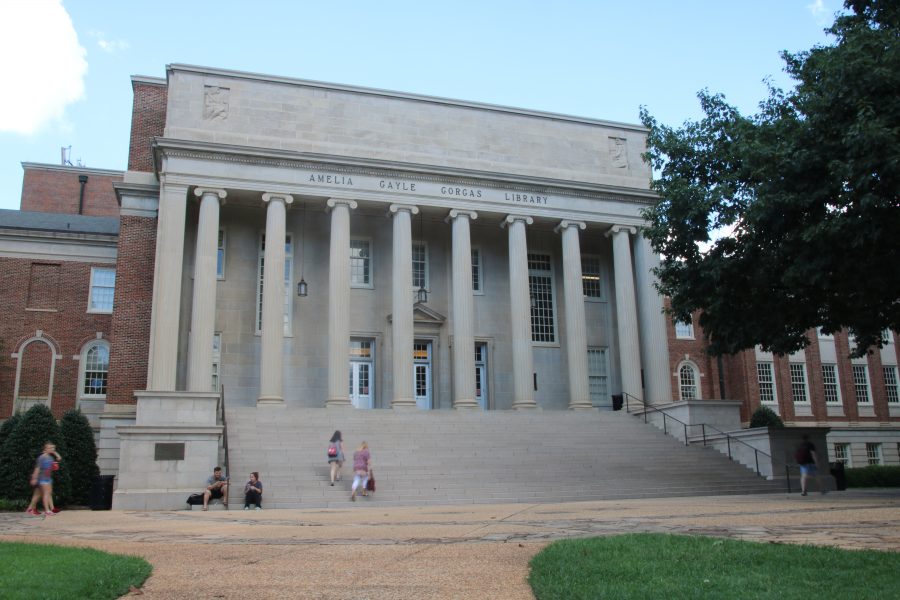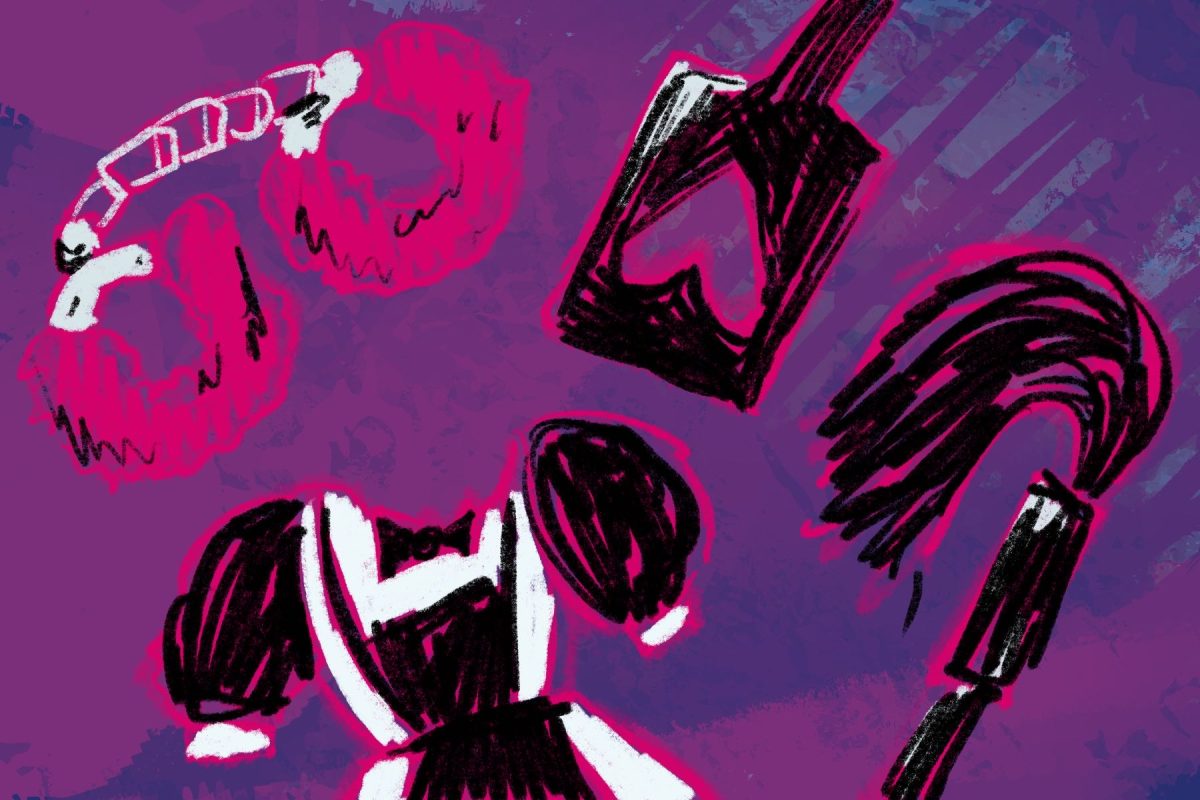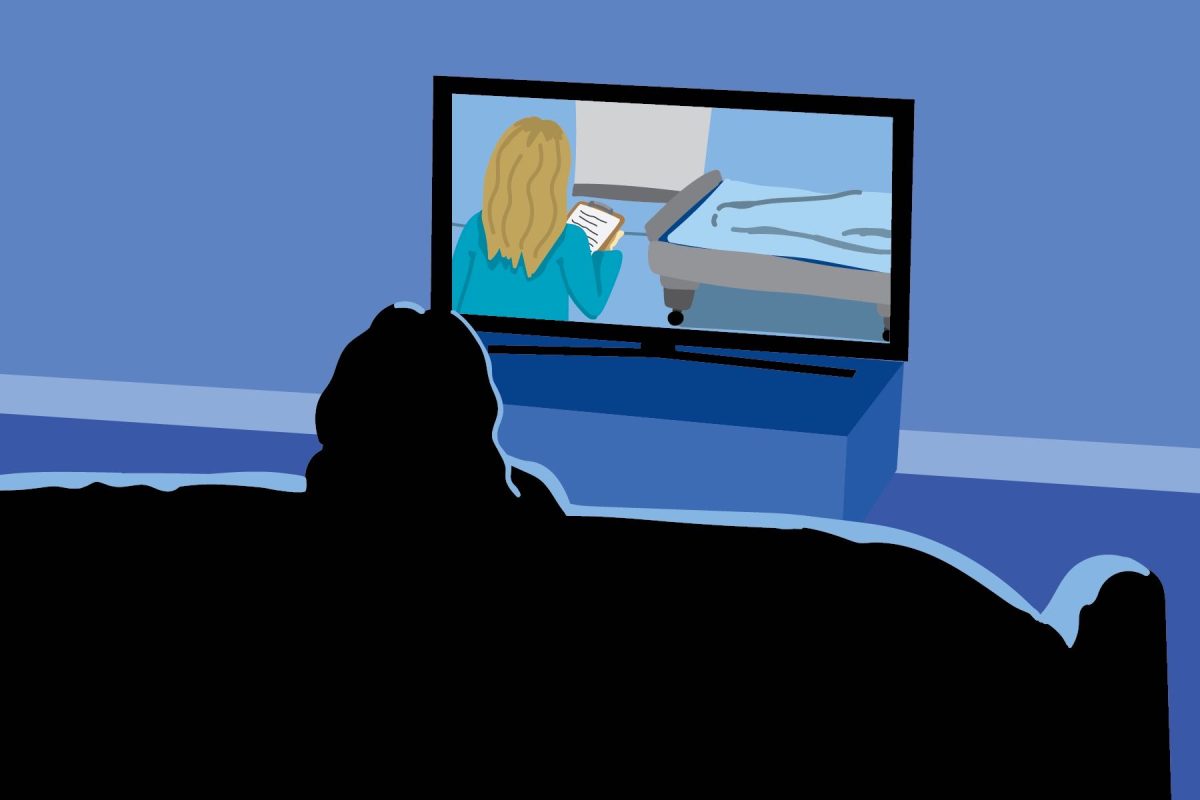With the semester now in full swing, as due dates become closer and midterm exams loom in the distance, University of Alabama students will undoubtedly see themselves searching for a quiet place to complete assignments and read class material. For many students, a campus library will soon become the place for students to do just that, even if only for a select two weeks during the semester. Whether it is Gorgas, Bruno, Rodgers, or McClure, use of library space as a quiet refuge from an otherwise hectic campus has long been the choice for UA students.
While libraries may be timeless in their appeal to students’ scholastic demands, the specific technological demands from students have drastically shifted over time. In the past, libraries were primarily used as a place to find information in bound textual form, where students would spend countless hours perusing the shelves in order to find the information they needed. With modern internet capability, the need for isles of bound volumes is diminishing by the year, and students today simply need a quiet desk or table location to study, type, or read. What was once done manually throughout the floors of Gorgas Library is now done on a laptop or through one of the many computer labs located throughout the library.
Campus libraries have, and continue to, evolve to meet the technological needs of students through computer and internet based services, but the change in student demand is not limited to technological shifts. Constructed in 1994, Bruno Library is the most recent addition to the library system at the Capstone. Since Bruno’s construction, however, enrollment at UA has increased by approximately 17,000 students. In the last 22 years, no new library space has been opened for campus students – leaving libraries in contrast with the many new residence halls and academic buildings that have been built in the same time frame. As it now stands, library space is not being used efficiently enough to fully address a rapidly growing student population. While every seat is full during finals week, entire rows of bound periodicals sit idle, untouched for decades. One can certainly appreciate the vast collection of information available on library shelves, and even prefer physical copies to online PDFs, but until additional study space is created on campus, whether in the form of a new library or elsewhere, shelves of unused books are sitting where tables and desks could otherwise serve as frequented resources to UA students.
With the entirety of current publicly available academic knowledge more or less available in the pocket of most UA students, students still require a central campus location with study rooms, printing, power outlets, internet access, and a quiet work environment. As student enrollment continues to grow, those demands will only increase at the University. Students may no longer need rows full of bound information, but they most definitely do still need libraries. By converting existing space to meet the everyday demands of students, UA libraries will continue in their stated mission of responding to changing user needs, and will remain a vital resource for future UA students.
Hunter Richey is a senior majoring in economics and political science.









